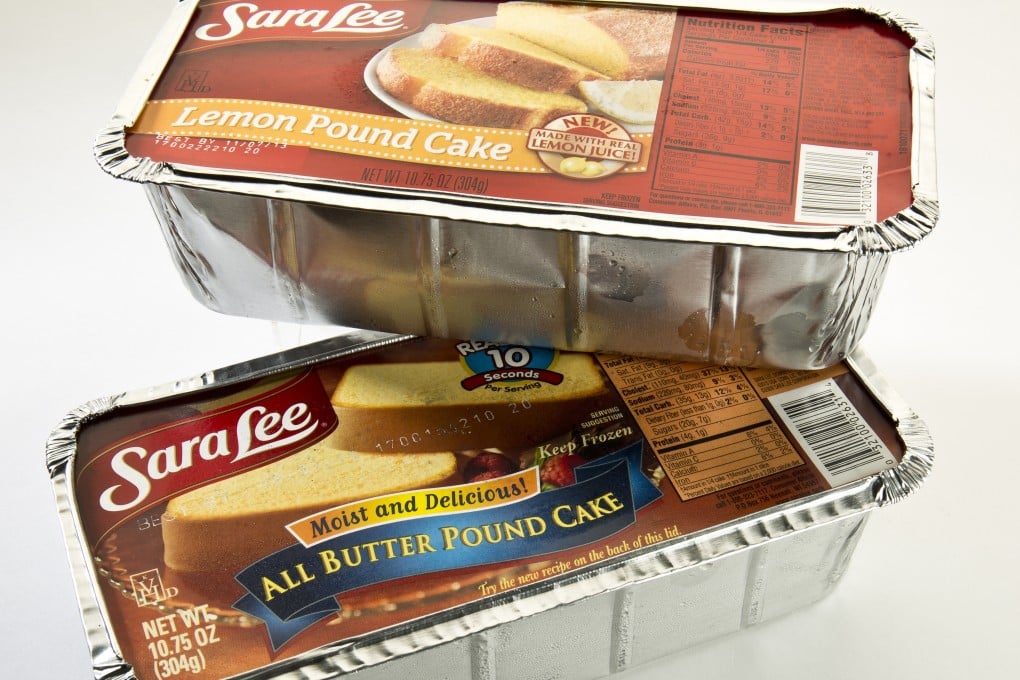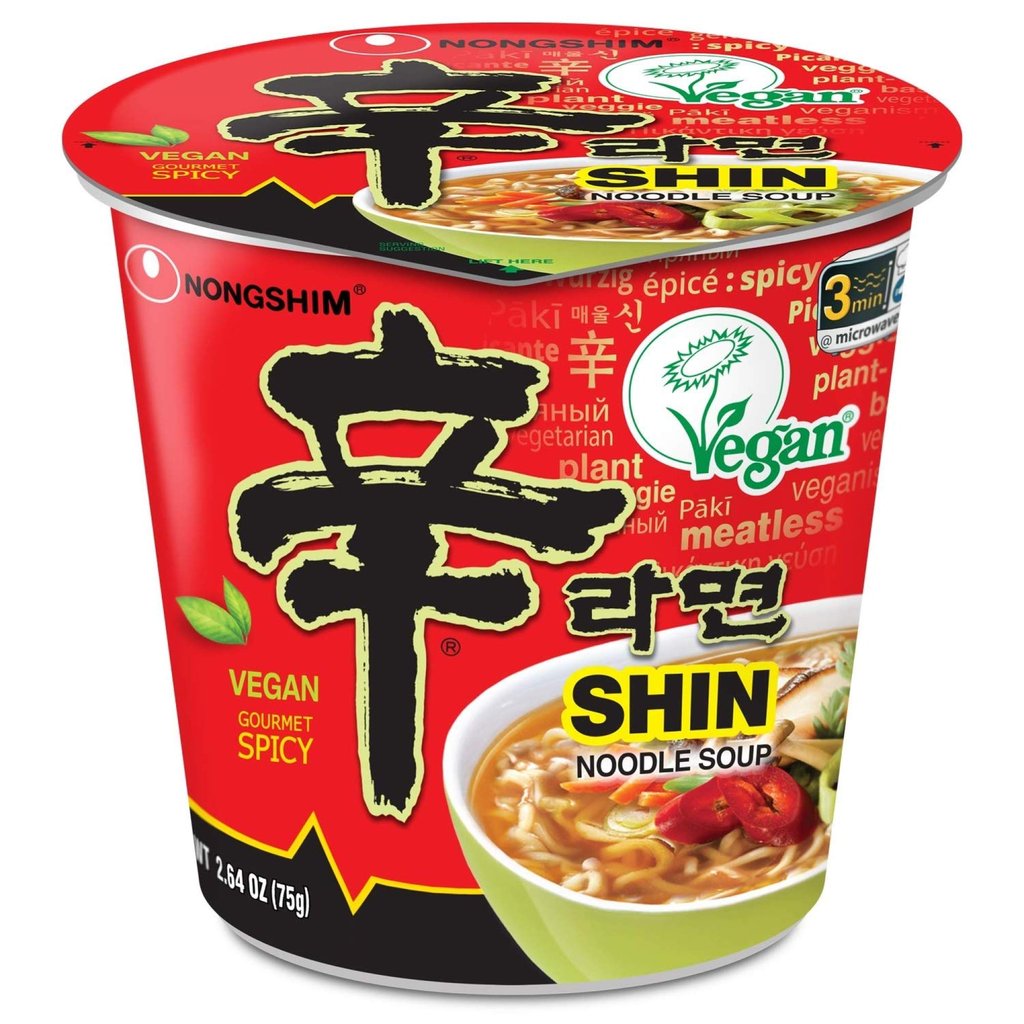Advertisement
How did the frozen Sara Lee pound cake, as seen on Netflix’s Beef, become an Asian culinary icon and loved the world over?
- Frozen Sara Lee pound cakes have been a freezer staple for Asian families for many years, and even make an appearance in the Netflix show Beef
- The cake – which can be eaten straight out of the frozen section, microwaved, grilled or even for breakfast – is ubiquitous and unconditionally loved
Reading Time:5 minutes
Why you can trust SCMP
0

I firmly believe that the Sara Lee pound cake is the Asian-American equivalent of Marcel Proust’s madeleine.
In his novel In Search of Lost Time, the French writer used the madeleine cake as a way of describing something so ordinary that you forget about it but once someone mentions it, memories come flooding back.
Food has that extraordinary power, regardless of prestige.
It struck me as I ate up the latest A24 hit show, Beef, starring Asian-American icons Steven Yeun (of Minari fame) and comedian Ali Wong. The series is full of subtle culinary references that really hit home for those they are aimed at.

The obvious tropes include hilarious homages to singing rice cookers – in this case, it trills a Kelly Clarkson hit; the comforts of instant noodles – Nongshim Shin Ramyun, naturally, receives a pointed cameo; and the soul-restoring properties of seolleongtang, or beef bone broth.
However, a real cultural moment hits unexpectedly when Danny (Yeun) arrives at the flat of his con-artist cousin Isaac (David Choe), sheepishly holding a distinctive tinfoil box in his hand as a peace offering.
Advertisement
